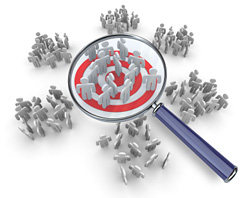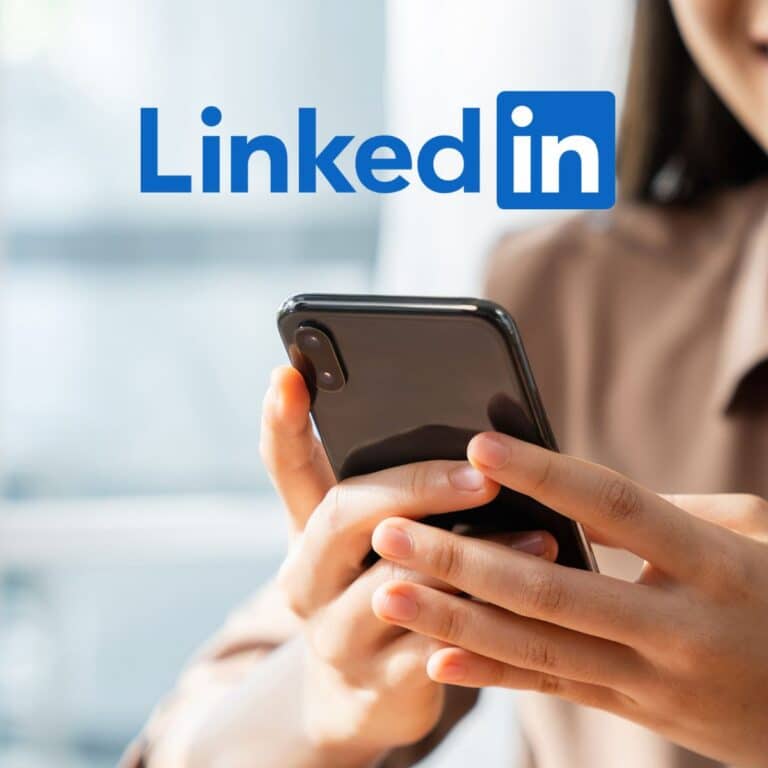
At the heart of an effective marketing strategy is the ability to connect with your target market and establish relationships with people who need or want the products and services your business offers. In order to connect with this market effectively, you need to understand who your target buyers are and who you want to reach. You can broadly identify who these buyers are by creating buyer personas or customer profiles. These customer profiles will help you to identify your customers’ challenges and needs, and understand how to speak to them using their words and language to address these needs and provide solutions (i.e., your products or services).
What Is a Customer Profile?
A customer profile is a detailed description of your ideal customer. It includes demographic, psychographic, and behavioral information, and in B2B cases, firmographic data as well. The goal is to create a realistic representation of who your best customers are so you can attract more of them.
Why Customer Profiles Matter
- Better Targeting:
Craft personalized marketing messages. - Higher Conversions:
Understand pain points to offer relevant solutions. - Improved Retention:
Deliver experiences that keep customers coming back. - Efficient Sales Efforts:
Prioritize leads that match your ideal profile.
How to Create a Customer Profile
Step 1: Gather Data
A great way to get a sense of your customer profile is to identify 10-15 of your best customers and send them a survey (you can use Google Docs Forms which is free).
You can also use data from the following sources:
- CRM data
- Google Analytics
- Customer surveys
- Interviews
- Social media insights
- Sales team feedback
Step 2: Identify Key Information
For B2C (Business-to-Consumer):
- Demographics: Age, gender, income, education, occupation
- Location: Urban, suburban, rural; region or city
- Psychographics: Interests, values, lifestyle
- Buying Behavior: Shopping frequency, average spend, decision-making process
- Pain Points: What problems are they trying to solve?
For B2B (Business-to-Business):
- Firmographics: Industry, company size, revenue, location
- Job Titles: Who is the decision-maker? (CEO, procurement manager, etc.)
- Goals and Challenges: Business objectives, pain points
- Buying Process: How long is the sales cycle? Who is involved in decisions?
- Budget: What’s their typical budget for your type of service/product?
Step 3: Segment Your Audience
Not all customers are the same. Divide your audience into meaningful segments.
For example:
- B2C: Young professionals vs. retirees
- B2B: Startups vs. enterprise clients
Each segment should get its own tailored customer profile.
Step 4: Build the Profile
Now, compile your findings into a usable format.
Here’s are two samples:
Sample B2C Customer Profile

Name: Eco-Minded Mike
Age: 34
Occupation: Marketing Manager
Income: $80K/year
Location: Seattle, WA
Values: Sustainability, quality, convenience
Challenges: Finding eco-friendly products that fit a busy lifestyle
Preferred Channels: Instagram, email newsletters
Look at the results and write a profile of your typical customer. For example, “Mike is 34, lives in Denver with his wife and kids, makes $80K/year and works in an office all day. He bought from us because…” Describe a real person so you can see him or her in your mind. Find a photo from the Internet who matches your ideal customer profile. If you have several customer types, create a customer profile for each.
Sample B2B Customer Profile
Company: GreenTech Solutions
Industry: Renewable Energy
Size: 100–500 employees
Key Contact: Operations Director
Pain Points: Reducing energy costs, staying compliant with regulations
Goals: Implement scalable energy-efficient solutions
Sales Cycle: 3–6 months
Budget Range: $25K–$100K per year
Preferred Channels: LinkedIn, industry webinars, whitepapers
Step 5: Put Your Profiles to Work
Once you have your customer profile, use it when creating any content on your web site, in your email newsletters, on your blog, social media networks, etc. The goal is to speak directly to your customer profile and become relatable to Bill or Jane. Put yourself in his or her shoes and ask yourself, “If I were Mike and I came to my company’s website (or blog, Facebook page, etc), what type of content would I want to see?”
Use your customer profile to guide all of your marketing efforts and content. This will take the focus of your marketing message off of your business and place it onto your customers, and their needs and desires. Doing so will have a tremendous impact on your ability to connect with new and existing customers and establish long-term win-win relationships which can ultimately help you grow your business in a cost-effective way.
Once your customer profiles are complete, use them to guide:
- Marketing strategies
- Ad targeting
- Product development
- Customer service training
- Sales scripts and outreach
Final Thoughts
Regularly update your profiles as trends, behaviors, and industries evolve. Creating a customer profile isn’t a one-time task—it’s an ongoing strategy that deepens your understanding of your audience. Whether you’re in B2C or B2B, having clear customer profiles empowers your team to connect more meaningfully with the people and businesses you serve.
Up Next: Learn how to create a marketing statement for your business.
Are you ready to take your company to the next level? Contact us for a free digital marketing audit and strategy session.

About the Author
Katie Wilson, Owner
Aspire ID is a small digital marketing company in Denver, Colorado. Our mission is to empower business growth through superior digital marketing solutions and to build long-lasting client relationships. Since 2002, Katie and her team have helped home service businesses throughout the U.S. consistently grow and generate leads by providing best-in-class web design, SEO, PPC, content marketing, social media management, and reputation management and deploying targeted online marketing strategies driven by clear objectives.






